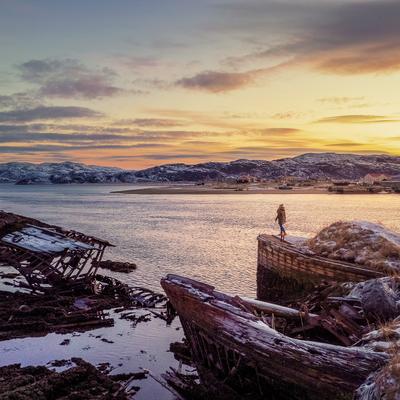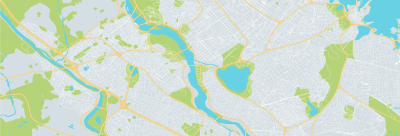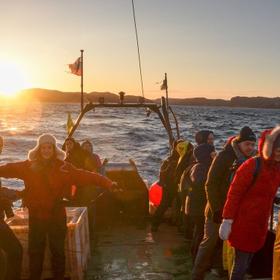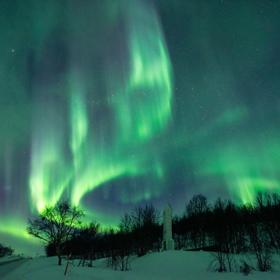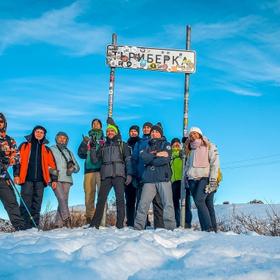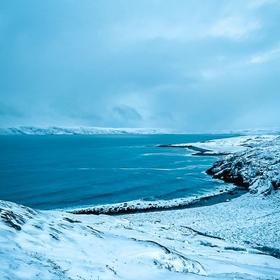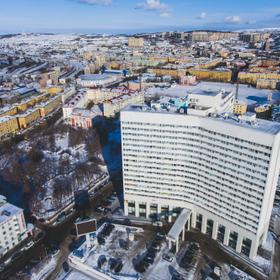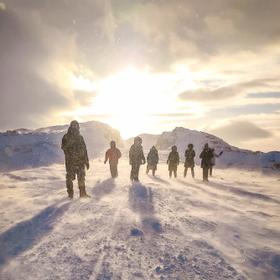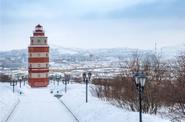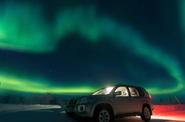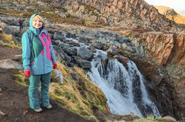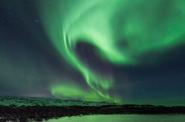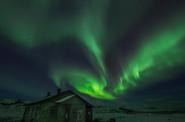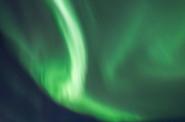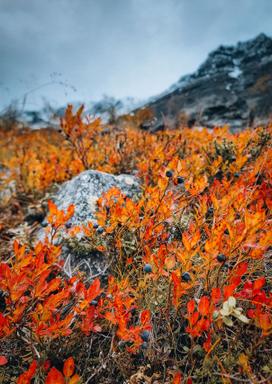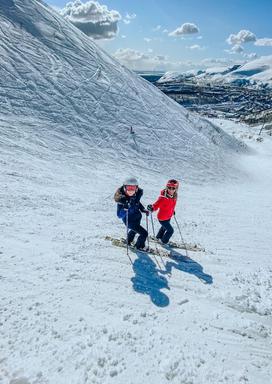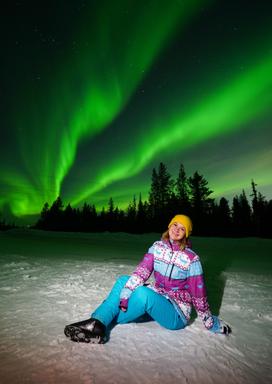Myths about the fact that the aurora can be seen only in January or only when the weather is frosty — we will immediately put aside.
It is important to understand the nature of the aurora — this is the glow of the upper atmosphere, resulting from the interaction of the Earth's magnetosphere with charged particles of the solar wind.
What does this tell us? It's simple: it should be dark (just completely dark, i.e. night), there should be no clouds, otherwise we simply won't see any "upper layers" and, of course, the sun should work hard.
If all these factors add up, then the aurora can be observed at the latitude of Teriberka from mid-September to early April.
There are programs for smartphones in which, based on data about the sun, short- and long-term forecasts of the probability of the appearance of the aurora are formed, but it is important to understand that these are only forecasts.
No one can guarantee that you will see the northern Lights on your trip.


